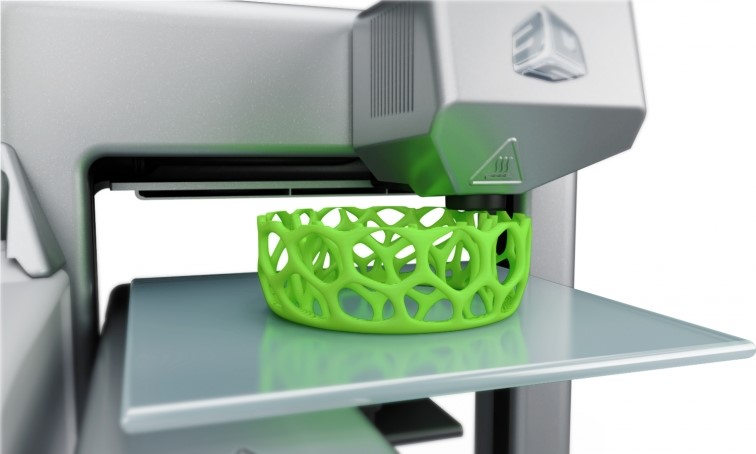
Plastic
manufacturing company often relies on injection molding. For many years, it has
been the first option for the mass production of plastics. Several products
that you use or see in day-to-day life are produced via plastic injecting
molding.
However,
the molds needed for injection molding are typically made of metal and are
costly and time-consuming to manufacture. A business looking for fast and
low-cost production should be aware of these two major downsides.
Use of 3D printing:
Earlier, 3D printing technology did not provide a good-quality surface finish and precision. Also, products were made from materials that did not withstand heavy usage. That’s why 3D printing was mainly used for prototyping products.
However,
with the advanced technology and latest development in printing material and
technology, 3D
printing in China can achieve a better surface
finish. Moreover, the materials are much more diverse.
Because
of these advances, manufacturers are testing 3D-printed plastic molds for low
and medium-volume production. These new technologies of 3D printing can make
plastic molds an excellent alternative to traditional metal molds. Some of the
major capabilities of 3D printing for injection mold making are:
· Less Investment compared to machine metal molds
· Less cost deriving from materials
· Quicker turnaround times
· Quicker and economical design alterations and repetitions
· Possibilities of intricate and complex geometries
Can any 3D printing materials make injection molds?
Although there are many varieties of 3D printing material in the market, not all are ideal for making injection molds.
The
injection molding process is a rigorous one. The mold has to endure significant
temperature changes. Moreover, getting the product out of the mold can mean
manipulation, resulting in the deformation of the mold if the material does not
have the endurance required.
In
addition, the material used should be shaped into the highest level of detail
because injection molding demands high precision and smooth surfaces from the
molds to achieve tight tolerance.
Here are a few reasons for selecting 3D printing
for plastic manufacturing:
1. Versatility
An established 3D printing service offers SLA printing. It is suitable for rapid prototyping and ensures excellent surface finishes. Because SLA 3D printing uses a precision laser to cure the liquid resin in a build chamber, it is an ideal choice for creating accurate aesthetic models.
2. Accuracy
With custom 3D printing, objects produced with CAD can be made more accurately. Whether building functional models or aesthetic prototypes, complex geometries are possible with 3D printing.
3. Fast Delivery
Consider a 3D printing prototype service if you want a rapid prototype quickly. But, always work with a prototyping service provider with a proven track record of delivering high-quality results in less time.
4. Top Quality
When you choose conventional manufacturing and prototyping processes, you play a game of hit or miss. That's because they could result in inconsistent results and inferior quality designs. Because in 3D printing, the process is fully automated, you won't have to face all these issues.
5. Inexpensive Option
In 3D printing, the machine is managed by one operator; thus, labor costs tend to decrease. With a prototype that is reliable to your design, you can test it and determine flaws.
3D printing in China is an excellent choice for plastic manufacturing. So, if you're planning for a prototype or low volume production, you should consider 3D printing for injection mold making.
















